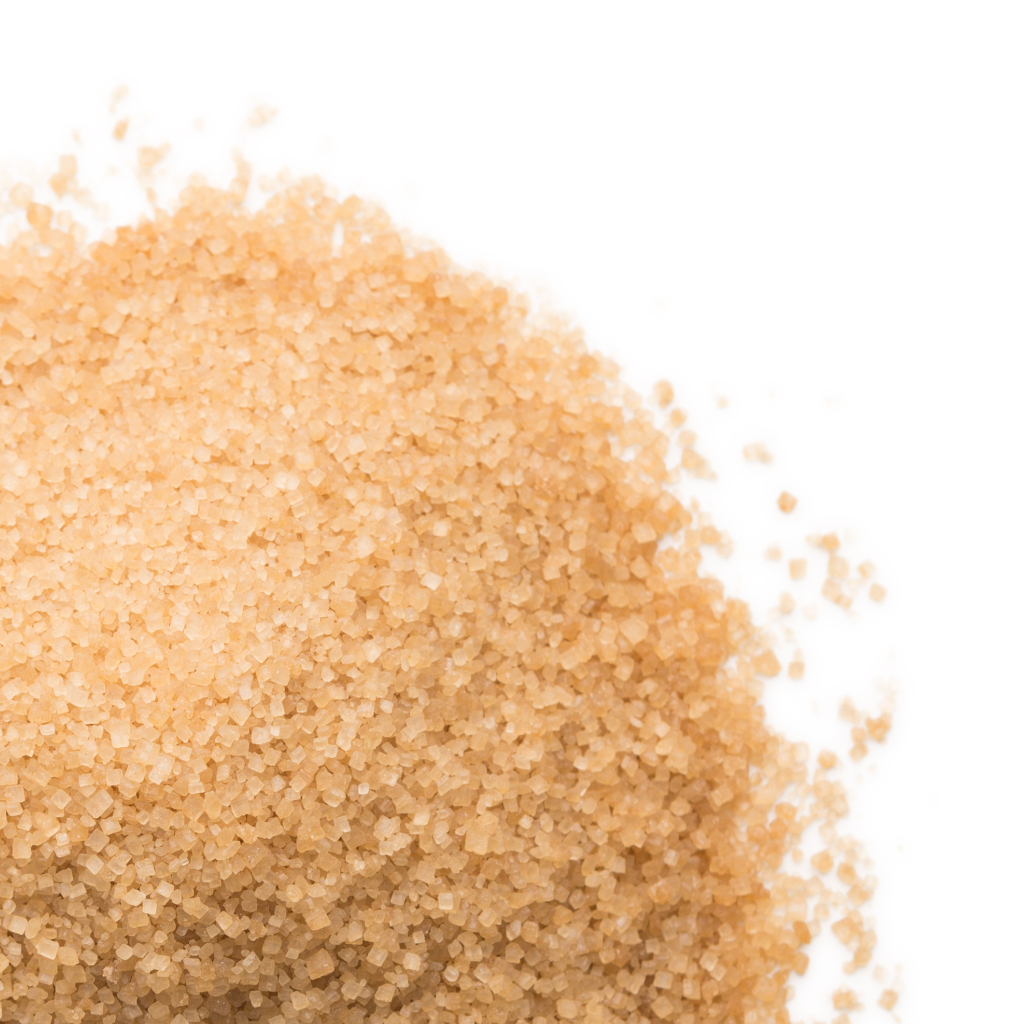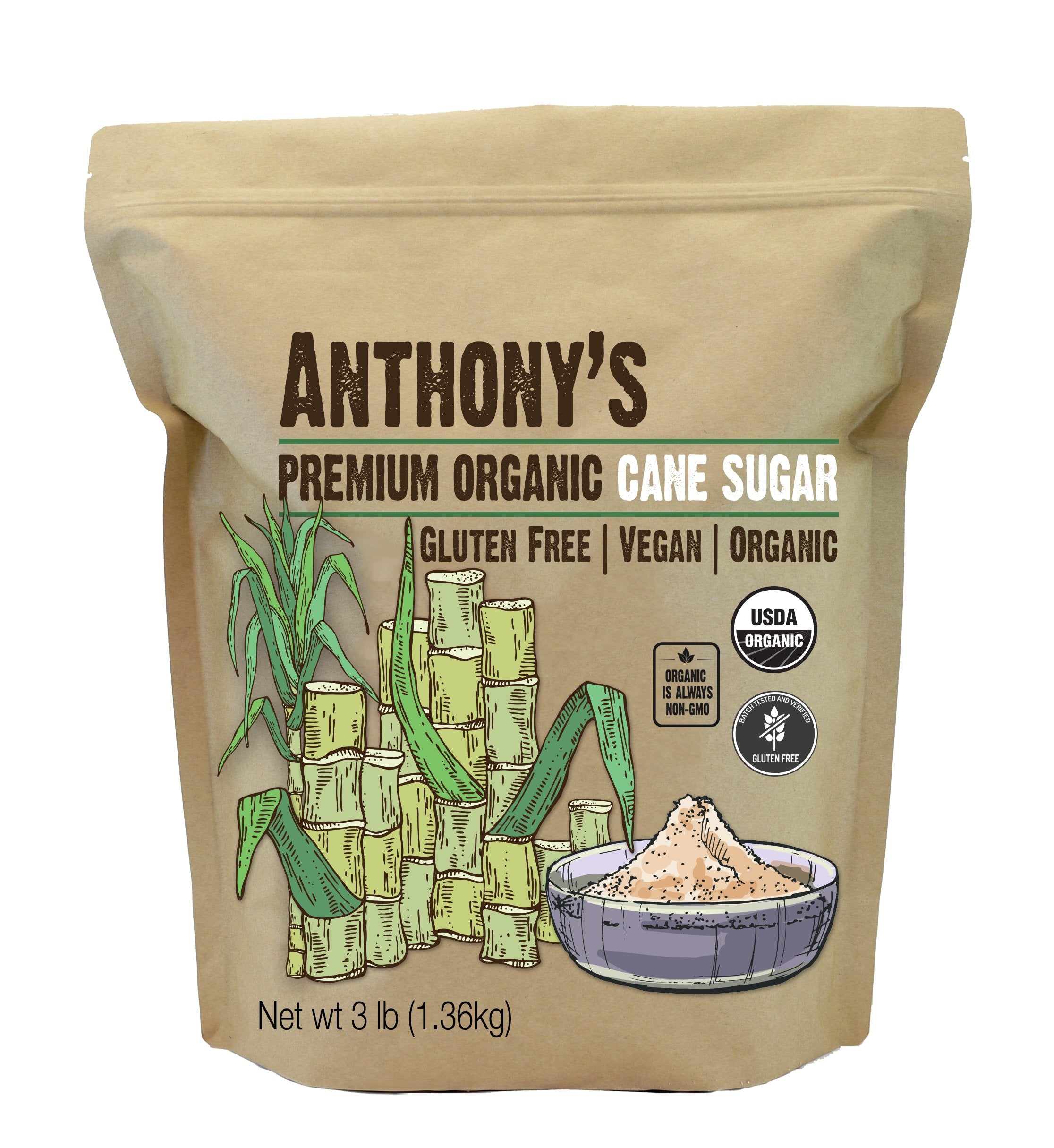Effective Cane Sugar Processing: Making Best Use Of Yield and Purity
Effective Cane Sugar Processing: Making Best Use Of Yield and Purity
Blog Article
Discovering the Comprehensive Steps Involved in Cane Sugar Handling From Gathering to Refinement
The process of walking cane sugar manufacturing includes a series of complex steps, beginning with the cautious harvesting of sugarcane and culminating in the refinement phases that make sure the end product satisfies market standards. Each stage, from the removal of juice to the purification and crystallization processes, plays a vital function in figuring out the top quality and character of the sugar. Understanding these stages not only highlights the intricacy of sugar manufacturing however also increases essential concerns about performance, sustainability, and technology in the industry. What ramifications do these variables have for future practices?
Gathering Sugarcane
Collecting sugarcane is a crucial action in the walking stick sugar handling chain, as it straight affects the top quality and return of the end product. Proper timing and techniques are crucial during this phase to make sure ideal sugar material and reduce losses. Normally, sugarcane is gathered when it reaches maturity, usually 12 to 18 months after growing, identified by a high sucrose focus.

Post-harvest, the sugarcane has to be processed swiftly to stop sucrose deterioration. Ideally, harvested cane should be moved to refining centers within 24-hour to preserve sugar quality. For that reason, efficient logistical planning is crucial to maintain the stability of the gathered crop throughout the supply chain.
Removal Process

The crushed walking stick undergoes a collection of pressing operations to take full advantage of juice recovery. Normally, hot water is sprayed onto the smashed cane, producing a countercurrent circulation that helps liquify the sugar while also aiding in the extraction process. The juice gathered from this procedure has not just sugar but likewise different natural substances and impurities.

To boost removal efficiency, some facilities may utilize diffusion techniques, where the sugarcane is taken in hot water, enabling the soluble sugars to diffuse into the liquid. The resulting juice, rich in sucrose, is then guided to subsequent processing stages, laying the foundation for purification and refinement. The extraction process is thus critical in establishing the high quality and yield of the final sugar product.
Purification Techniques
The filtration techniques used in walking cane sugar handling are important for transforming the raw juice into a high-quality sugar product. These techniques mostly intend to remove impurities, such as soil, plant products, and not natural compounds, which can adversely affect the end product's taste and color.
This process includes including lime and warmth to the raw juice, which promotes the coagulation of contaminations. In addition, the usage of phosphoric acid can enhance the information procedure by further binding impurities.
An additional significant strategy is carbonatation, where carbon dioxide is presented to the cleared up juice. This reaction creates calcium carbonate, which captures continuing to be pollutants and advertises their removal.
Additionally, triggered carbon treatment might be i was reading this used to adsorb any continuing to be colorants and organic contaminations, guaranteeing an extra refined item. The mix of these techniques effectively prepares the sugar juice for subsequent steps in the refining process, establishing the stage for the production of top notch cane sugar.
Formation Techniques
After the filtration phase, the next essential action in cane sugar handling entails formation techniques, which play an essential role in changing the cleared up juice right into strong sugar. This process usually utilizes two primary methods: spontaneous crystallization and regulated crystallization.
In spontaneous crystallization, supersaturated sugar options are enabled to cool down naturally, leading to the development of sugar crystals over time. This approach permits for the consistent growth of sugar crystals and higher pureness.
During condensation, the cleared up juice is focused via evaporation, enhancing its sugar material up until it gets to supersaturation. When this factor is attained, either method can facilitate the formation procedure. Cane Sugar Processing. The resultant sugar crystals are after that separated from the remaining syrup via centrifugation
Inevitably, the option of condensation method impacts the top quality, dimension, and purity of the last sugar item, making this step necessary in the general cane sugar handling procedure.
Refinement and Product Packaging
Just how can the purity and quality of cane sugar be better boosted after formation? The improvement procedure plays a crucial duty in attaining high-grade walking cane sugar. Following formation, sugar undergoes a complete cleaning to get rid of contaminations and recurring molasses. This is generally completed utilizing cozy water or heavy steam, which aids dissolve and remove unwanted components while preserving the sugar crystals.
Next, the sugar undergoes a process called centrifugation, where it is rotated at high rates to separate the cleansed sugar crystals from the continuing to be liquid. After centrifugation, the sugar is usually further fine-tuned via a method called carbonization or Continue phosphatation, which utilizes triggered carbon or phosphoric acid to remove shade and off-flavors.
When fine-tuned, the sugar is dried out to achieve the wanted dampness content, making sure that it remains steady throughout storage space and transportation. The final action involves product packaging the refined sugar in airtight and moisture-proof containers to maintain its quality and prevent contamination. Cane Sugar Processing. Appropriate product packaging not only prolongs life span however likewise promotes simple handling and distribution, making sure that customers receive sugar that fulfills the greatest requirements of purity and high quality
Final Thought
The detailed actions my explanation entailed in walking cane sugar handling, from the thorough harvesting of sugarcane to the detailed improvement and product packaging phases, highlight the value of each stage in ensuring top notch sugar manufacturing. Optimal harvesting methods, reliable extraction techniques, and extensive purification procedures jointly add to the final product's pureness and security. The formation and subsequent packaging practices further enhance the integrity and shelf life of the sugar, highlighting the intricacy and accuracy inherent in this essential farming industry.
The process of walking stick sugar manufacturing incorporates a series of intricate steps, beginning with the cautious harvesting of sugarcane and finishing in the refinement stages that guarantee the last item fulfills sector requirements. Preferably, collected walking cane needs to be transported to processing facilities within 24 hours to protect sugar top quality.In spontaneous crystallization, supersaturated sugar options are permitted to cool down normally, leading to the development of sugar crystals over time - Cane Sugar Processing. The improvement process plays a crucial role in accomplishing top quality walking cane sugar.The thorough actions included in cane sugar handling, from the precise harvesting of sugarcane to the complex refinement and packaging phases, emphasize the significance of each stage in making sure premium sugar manufacturing
Report this page